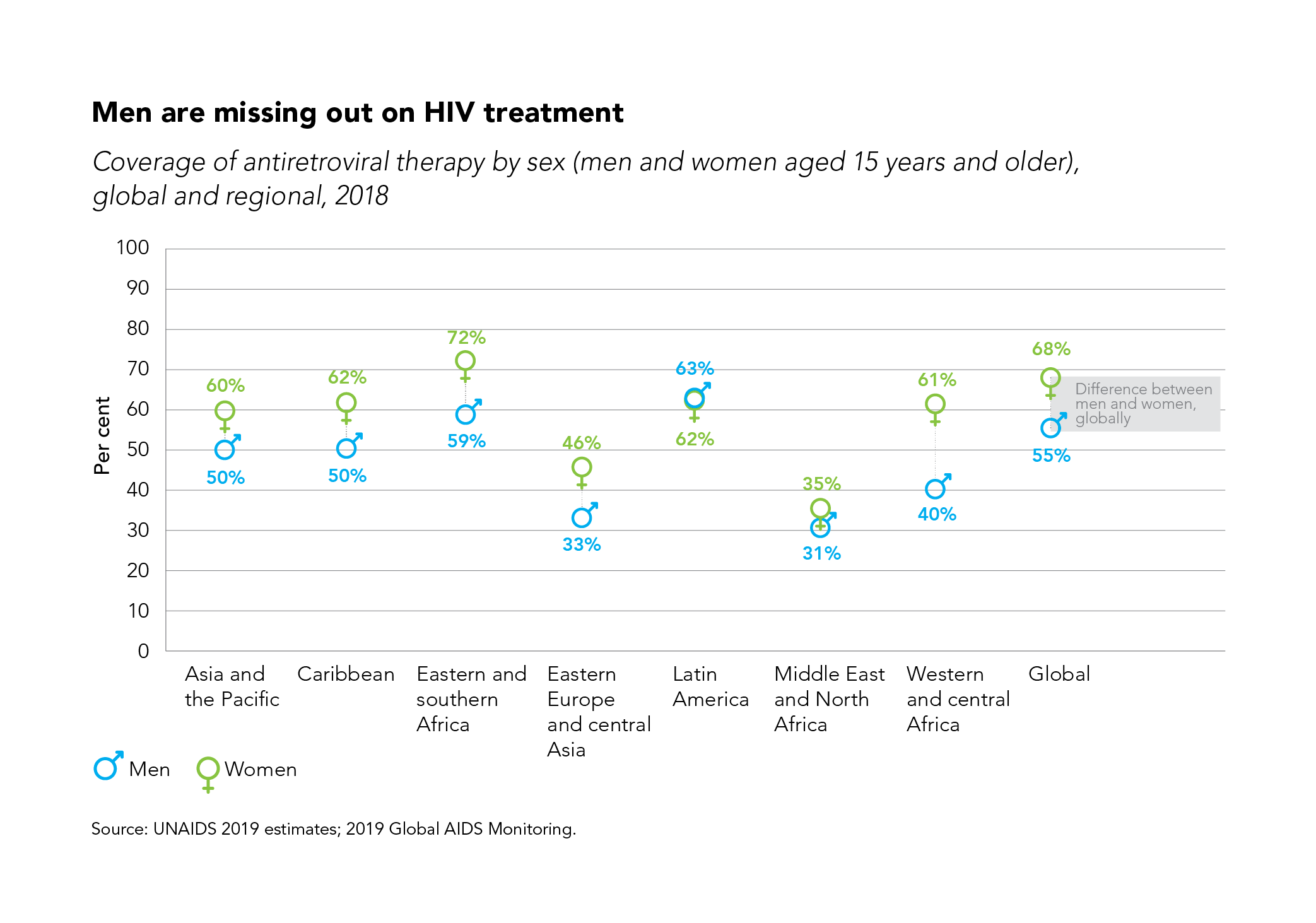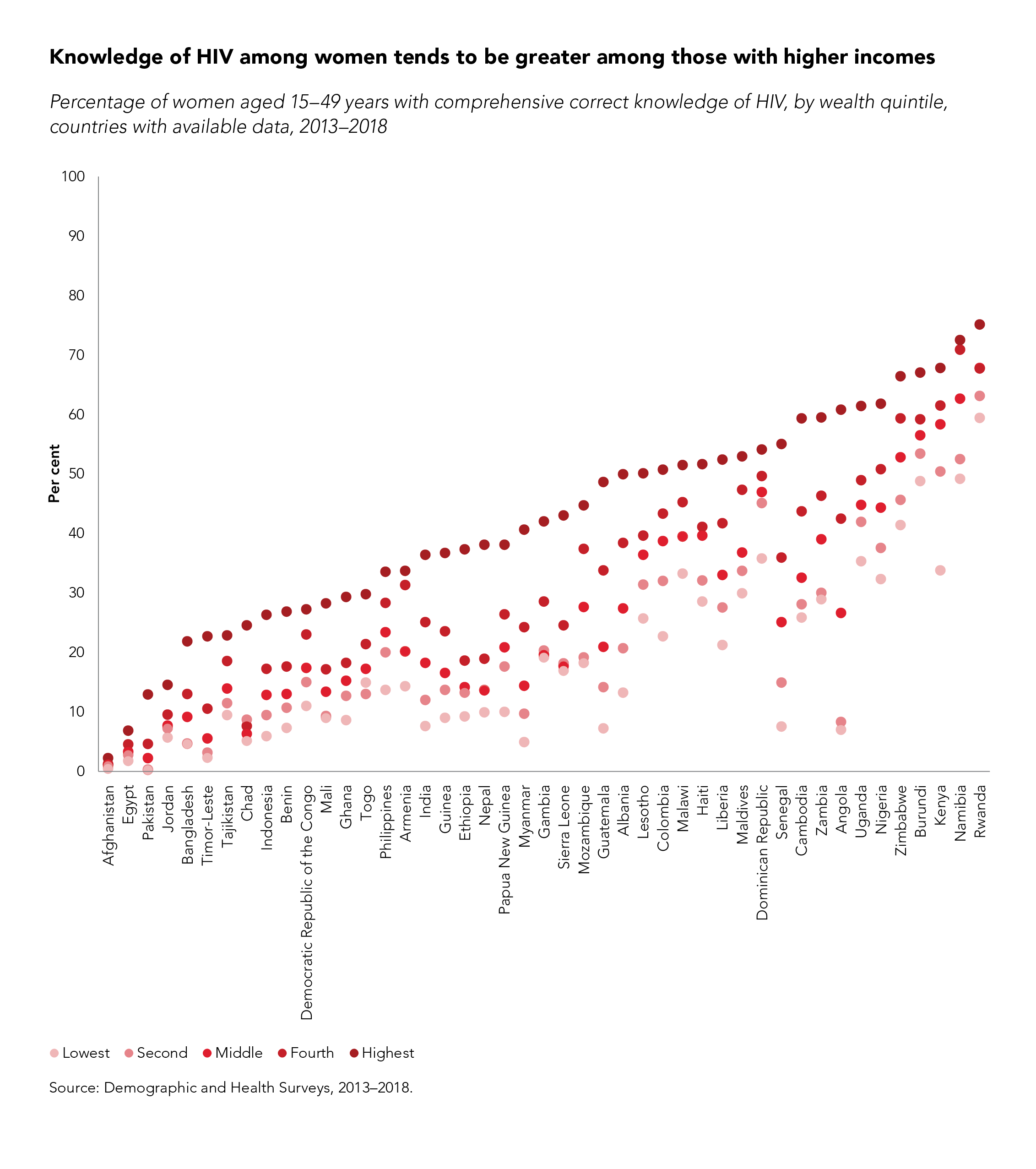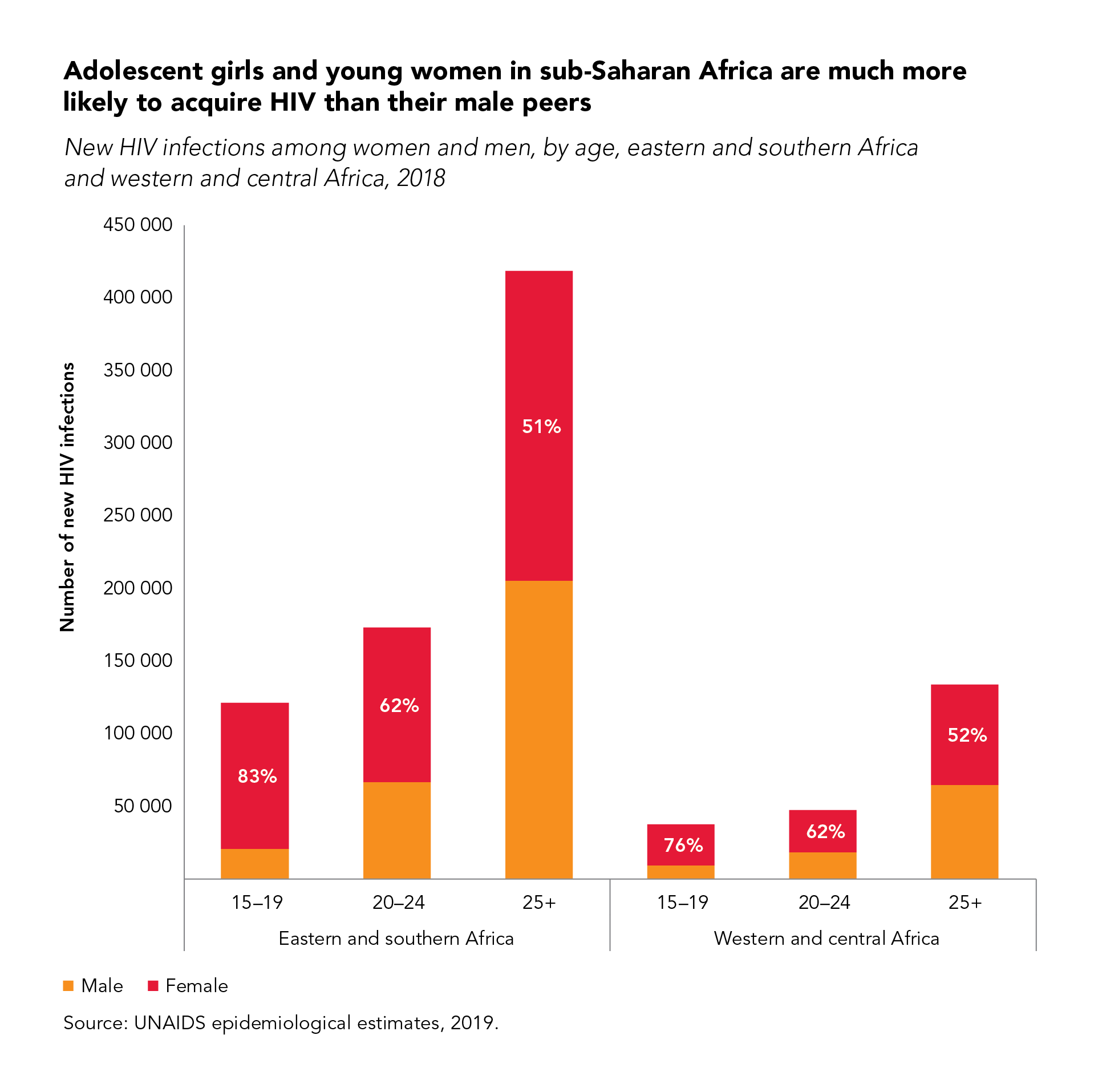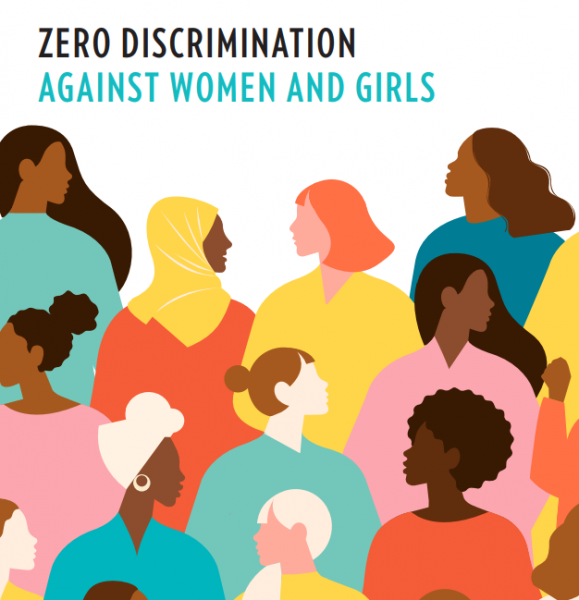People who use drugs are often highly stigmatized and face high levels of discrimination. Women who use drugs, however, are doubly stigmatized and discriminated against—because of their drug use and because of their gender. They are also more exposed to gender-based violence and human rights violations that put them at risk of HIV and other infections.
Worldwide, few harm reduction programmes tailor their services to meet the needs of women, and gender-based discrimination may make them unwelcoming. HIV-related services also often don’t cater for the needs of women who use drugs.
As part of efforts to reach out to women who inject drugs, the India HIV/AIDS Alliance is working with the Punjab Government, through its Ministry of Health and Family Welfare at the Civil Hospital in Kapurthala, to develop a comprehensive harm reduction model for women who inject drugs in Punjab.
The hospital is developing a holistic and person-centred approach through a harm reduction clinic that provides services tailored to meet the needs of women. Employing a one-stop shop approach, HIV and harm reduction services are present in one facility. Clients are provided with a range of options, including opioid substitution therapy, needle–syringe programmes and naloxone, an effective treatment for opioid drug overdoses, which they can access free of charge at a time that suits them the best.
“When we didn’t have our women’s harm reduction centre, accessing opioid substitution therapy from other centres was a real challenge. The male users harassed us for sexual favours,” said Preeti Singh (not her real name), a client of the clinic.
The clinic works in partnership with local nongovernmental organizations to ensure that women who inject drugs can access other services, including counselling, HIV testing and sexual and reproductive health services. A menu of gender-sensitive services has been developed that draws on experience from India and other Asian countries. Women are service providers, community mobilizers and beneficiaries of the project.
“Initially my husband and my in-laws did not allow me to go access opioid substitution therapy from the women’s harm reduction centre. Now that I am on antiretroviral therapy and healthier, they know it works!” said Kiran Sharma (not her real name), a client of the clinic.
The project is also focusing on the creation and strengthening of community forums, organized by the State Drug User Forum together with the India HIV/AIDS Alliance. The forums aim to gather information from the perspective of the women themselves, to understand and respond to cross-cutting issues, including gender-based violence and stigma and discrimination, as well as to strengthen the delivery of HIV and harm-reduction services.
“Like my peers, I also went to the centre for seeking help with my withdrawals, and I was surprised to find many services for girls like us. What I like most was that there was help to take care of my child,” said Monica David (not her real name), a client of the clinic.
Started in February 2019, the project has already attained its target of reaching 150 women who inject drugs. The clinic has had a dramatic impact on the women’s lives, improving awareness about HIV, hepatitis C and tuberculosis prevention and testing and linking them to further treatment and care based on their need.
The project will be assessed later in the year and the evidence used for introducing and scaling up the model in India and elsewhere in Asia.
The UNAIDS Country Director for India, Bilali Camara, said that the project is timely. “We must continue to work collectively to close the gaps that continue to leave behind women who use drugs. Ending the AIDS epidemic as a public threat by 2030 depends on advancing a social justice and inclusion agenda that demands access to integrated health services free from discrimination, with the meaningful involvement of the communities,” he said.






